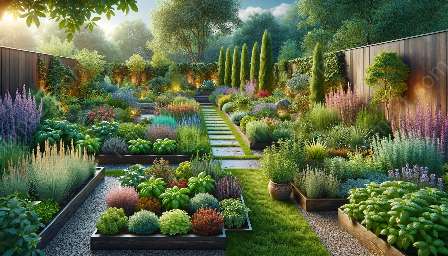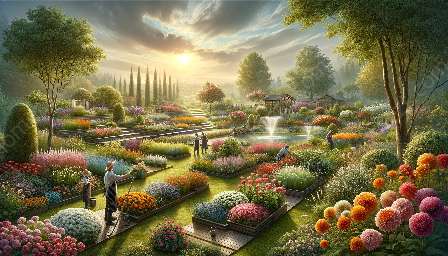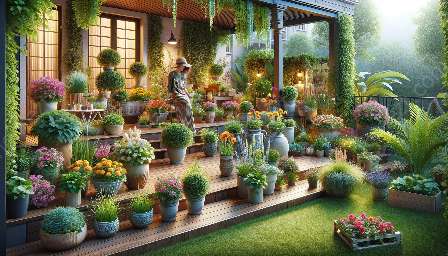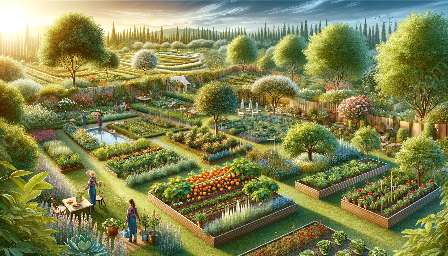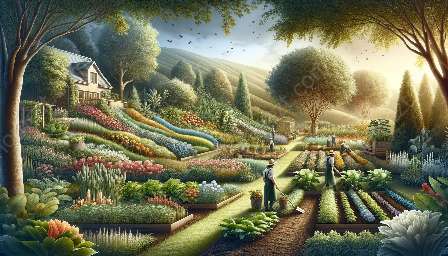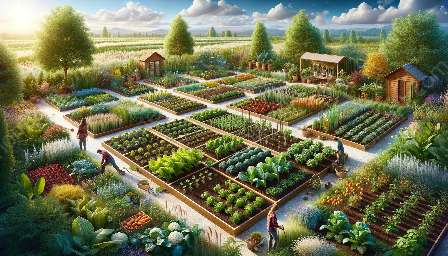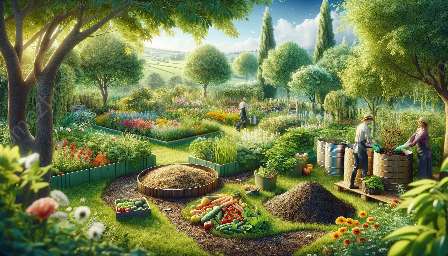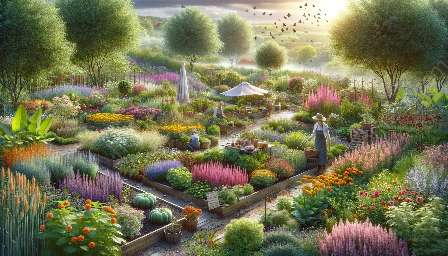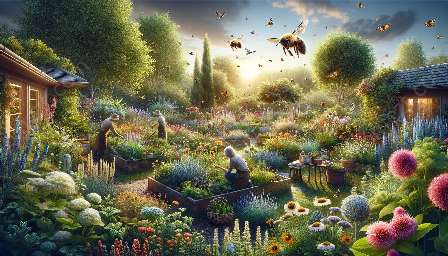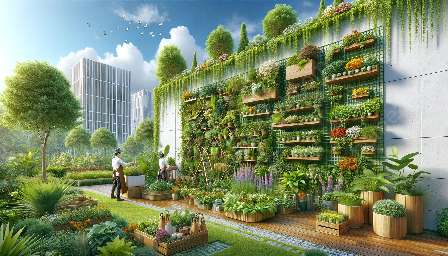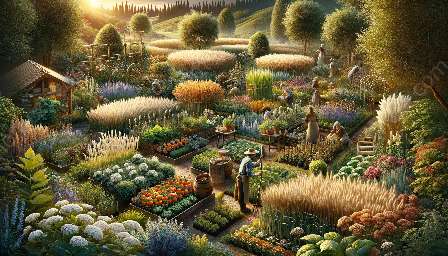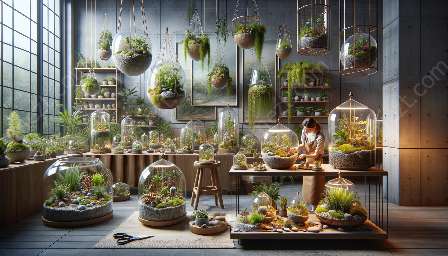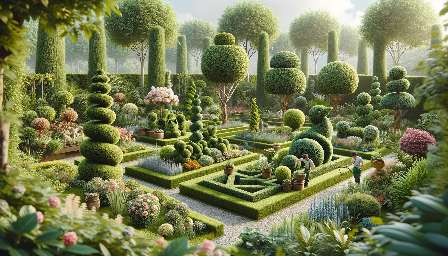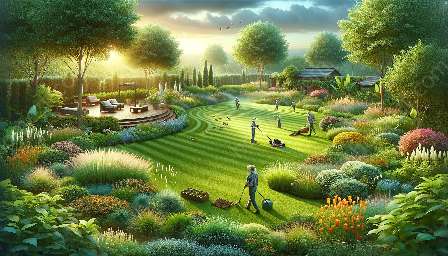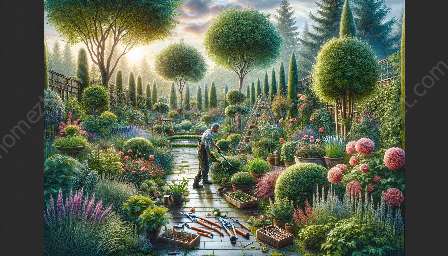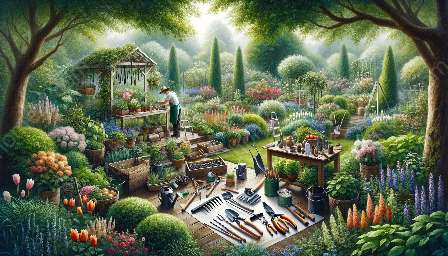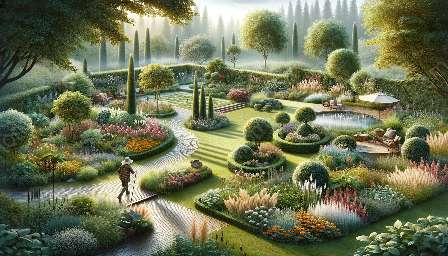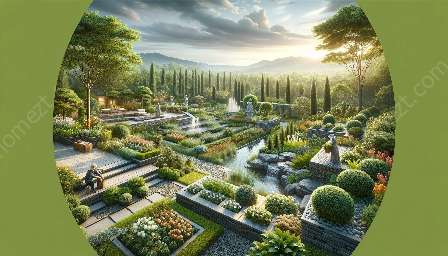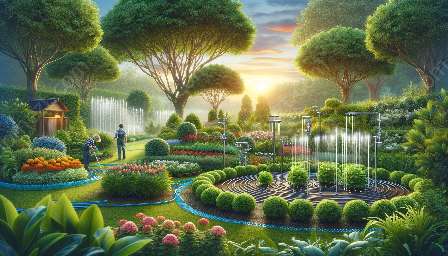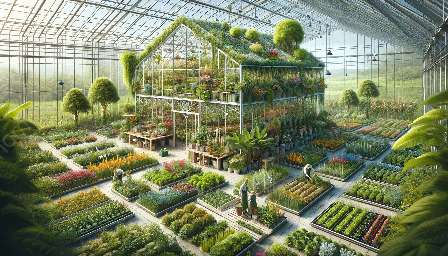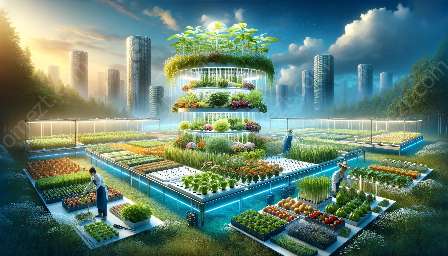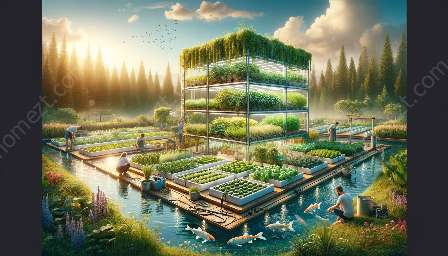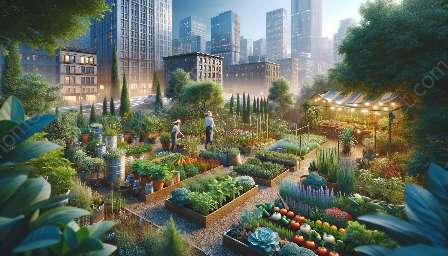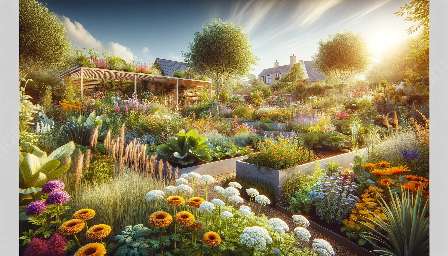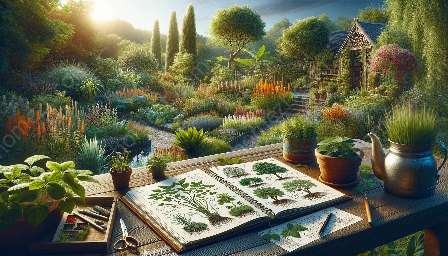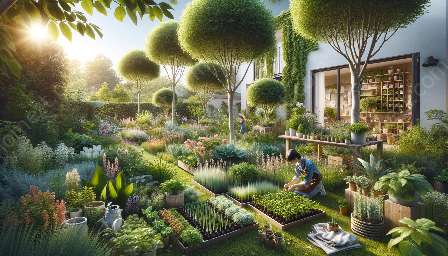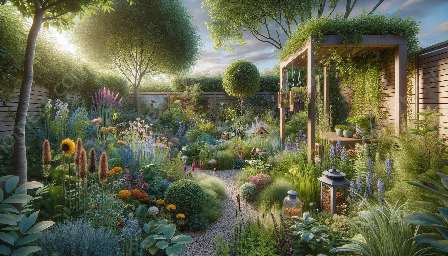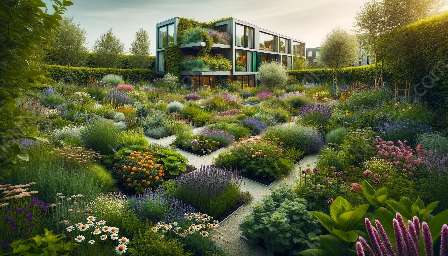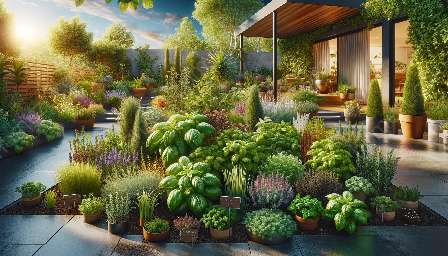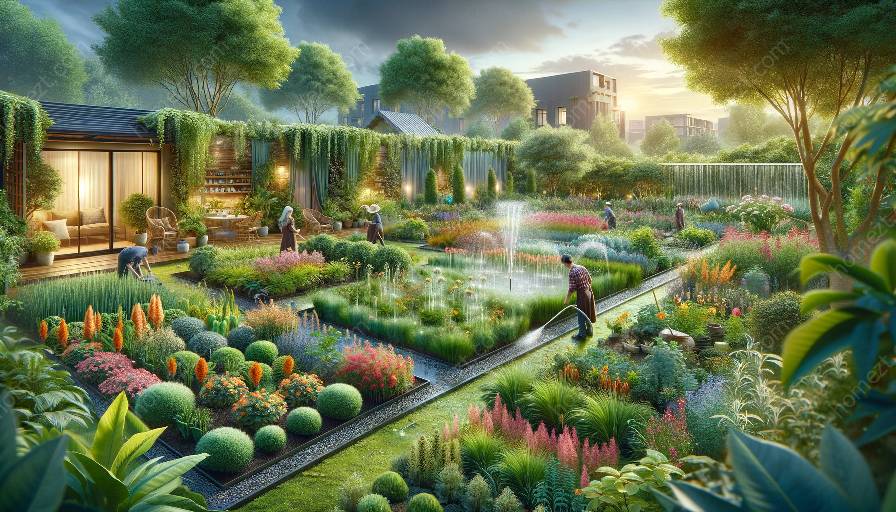Water conservation techniques play a crucial role in sustainable gardening and landscaping. By implementing efficient water management practices, gardeners and landscapers can reduce water usage and promote a healthy environment for plants. This article explores various water conservation methods that are compatible with companion planting and gardening & landscaping.
Companion Planting and Water Conservation
Companion planting involves growing different plants together to benefit each other in various ways, such as pest control, soil enhancement, and water conservation.
For water conservation, companion planting can be used to create a diverse and resilient garden ecosystem that reduces water needs. Some plant combinations exhibit complementary water needs or root systems that can help conserve water by reducing evaporation, preventing erosion, and improving soil moisture retention.
In addition, planting drought-tolerant companions around water-demanding plants can help regulate the water usage in the garden, ensuring efficient water distribution.
Water Conservation Techniques
1. Mulching: Mulching is a fundamental technique that helps conserve water in gardening and landscaping. Mulch acts as a protective layer over the soil, reducing evaporation, retaining moisture, and suppressing weed growth. Organic mulches, such as straw, leaves, and compost, contribute to improving soil health and water retention.
2. Drip Irrigation: Drip irrigation systems deliver water directly to the plant roots, minimizing water wastage through evaporation and runoff. By precisely targeting the water supply, drip irrigation systems enhance water efficiency and support healthy plant growth.
3. Xeriscaping: Xeriscaping involves designing water-efficient landscapes by incorporating drought-tolerant plants, efficient irrigation systems, and permeable hardscapes. This approach reduces the reliance on supplemental watering and promotes sustainable gardening in arid regions.
4. Rainwater Harvesting: Capturing and storing rainwater can provide a valuable water source for garden irrigation and reduce the demand for municipal water supplies. Rain barrels, cisterns, and rain gardens are effective tools for collecting rainwater and utilizing it for landscape maintenance.
Gardening & Landscaping Best Practices
1. Soil Improvement: Healthy soil is essential for optimum water retention and plant growth. Incorporating organic matter, such as compost and well-decomposed manure, into the soil enhances its water-holding capacity and nutrient availability, promoting a balanced ecosystem.
2. Native Plant Selection: Choosing native plants adapted to the local climate and soil conditions reduces the need for additional watering and maintenance. Native species are naturally suited to the environment, requiring minimal intervention and contributing to the conservation of water resources.
3. Efficient Irrigation: Implementing water-efficient irrigation methods, such as using soaker hoses, adjusting watering schedules based on weather conditions, and monitoring soil moisture, allows for precise water management and reduces wastage.
4. Grouping Plants by Water Needs: Grouping plants with similar water requirements together facilitates targeted watering and prevents overwatering or underwatering. This practice optimizes water usage and supports the health and vitality of the garden.
Conclusion
By integrating water conservation techniques with companion planting and sustainable gardening practices, individuals can create environmentally friendly landscapes that promote water efficiency and biodiversity. Embracing these methods not only reduces water consumption but also nurtures resilient and beautiful gardens and landscapes, fostering a harmonious relationship between plants and the environment.


